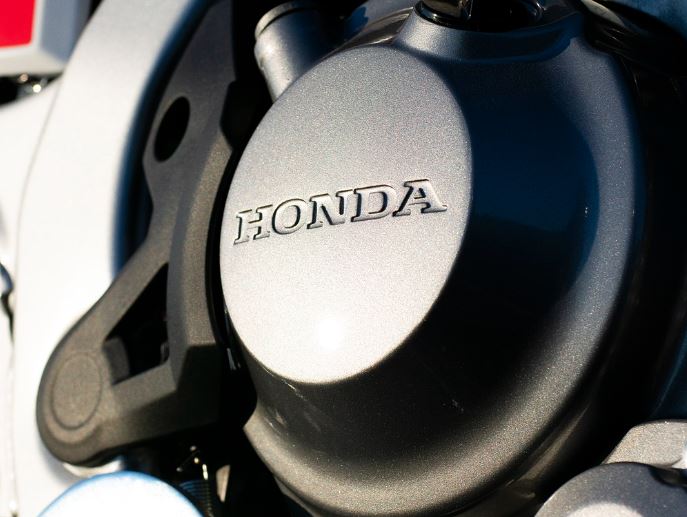Honda has recently begun production of the MY2025 Honda CR-V e, a fuel cell electric vehicle (FCEV) at the Performance Manufacturing Center (PMC) in Ohio, making it the first hydrogen FCEV produced in the United States with a combination of fuel cell technology and plug-in EV charging capability.
The CR-V e incorporates a next-generation fuel cell system co-developed by Honda and General Motors (GM), manufactured at the Fuel Cell System Manufacturing LLC facility in Brownstown, Michigan. This collaboration has resulted in a fuel cell powertrain that boasts higher efficiency and refinement, with durability performance doubled and costs reduced by two-thirds compared to the previous Honda Clarity Fuel Cell system. The vehicle’s EPA-rated driving range is 270 miles, combining the fuel cell system with plug-in charging for up to 29 miles of EV driving and the flexibility of fast hydrogen refueling for longer trips.
While Honda’s advancements in FCEV technology are commendable, it’s essential to critically examine these achievements within the broader industry context. The reduction in costs and improvement in durability are notable, but the challenge remains to make FCEVs competitive with traditional internal combustion engines (ICE) and battery electric vehicles (BEV) on a larger scale. Currently, the infrastructure for hydrogen refueling is limited, which poses a significant barrier to widespread adoption.
Comparing Honda’s efforts with industry benchmarks highlights both progress and ongoing challenges. Toyota, for instance, has been a frontrunner in the FCEV market with its Mirai model. Toyota’s second-generation Mirai offers a similar driving range and improved performance, setting a high standard for new entrants. Honda’s focus on integrating plug-in charging capability is a differentiator, potentially enhancing the vehicle’s appeal by providing more flexibility in fueling options.
Honda’s strategy extends beyond passenger vehicles. The company envisions using its fuel cell technology in commercial vehicles, stationary power stations, and construction machinery. This diversification could drive broader adoption of hydrogen technology across different sectors, contributing to a reduction in carbon emissions and promoting energy sustainability.
The recent debut of a Class 8 Hydrogen Fuel Cell Truck Concept powered by three Honda fuel cell systems underscores this ambition. Such initiatives align with global efforts to decarbonize heavy industries and transport sectors, which are traditionally hard to electrify.


